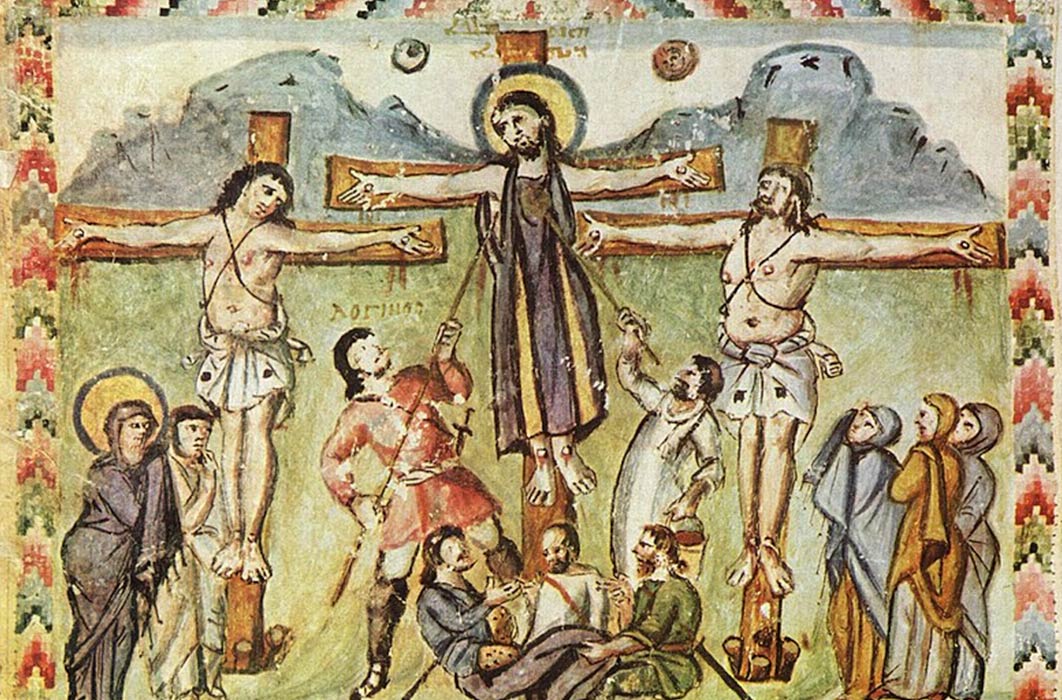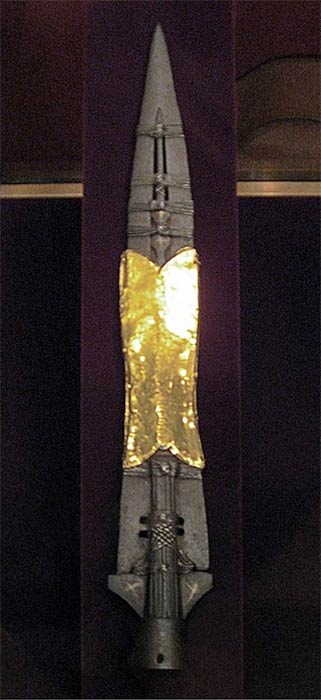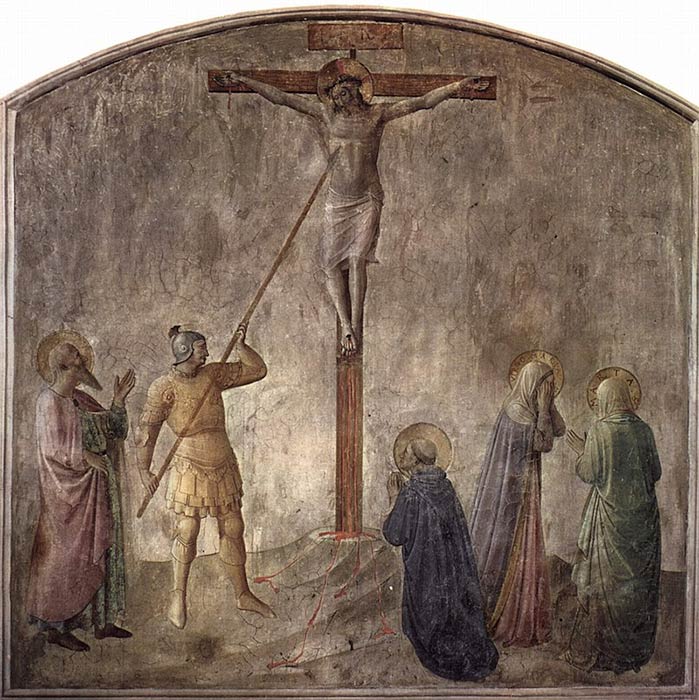
Piercing Christ: The Trials And Tribulations Of The Heilige Lanze
Traditional religious literature affirms that the Heilige Lanze (Sacred Lance), also called Spear of Destiny, Longinus Spear, Maurice’s Spear and a myriad of other names, was the weapon with which the Roman centurion Gaius Cassius Longinus pierced the side of Christ, nailed to the cross. These narratives are of little historical value due to the fact that the details are not credible nor confirmed, however, at the Hofburg Museum in Vienna there is actually a lance that has passed on since at least the eighth century until today, from Charlemagne’s hand to Hitler’s hand.The Heilige Lanze is a spearhead without a rod, formed by a blade with an cavity in the middle where a nail is firmly attached. Two small sheaths, silver below and gold above, cover a portion of it. Next to the nail are two small brass crosses.

The Holy Lance, displayed in the Imperial Treasury at the Hofburg Palace in Vienna, Austria (Gryffindor/ CC BY-SA 3.0)
The story of the Heilige Lanze begins with the Jesus’ crucifixtion. The apostle John, who may be considered as a reliable Biblical source by some, states: "But when they came to Jesus, because they saw that he was already dead, they did not break his legs. And one of the soldiers pierced his side with a spear, and immediately blood and water came out of it. And he that saw him testified of it, and his testimony is true, and this man knows to say true things, that ye also may believe." (John 20:33-35). Matthew 27:49,50 is the parallel story which confirms this rendition of the event.

Fresco by Fra Angelico, Dominican monastery at San Marco, Florence, showing the lance piercing the side of Jesus on the cross (c. 1440) (Public Domain)
The Legend of Longinus
Reverting from Biblical facts to legend: tradition holds that the soldier was named Gaius Cassius Longinus, a common name in Latin society, who commanded a centuria, a detachment of 100 soldiers. It is said that he was almost blind and that the blood of Jesus, splattered by the lance on his eyes, immediately restored his sight. One may wonder how a centurion with impaired sight could have exercised his duties of command and a long series of similar details undermine the credibility of these narratives.
In fact, only as an example, some sources report that Longinus had studied with the apostles and became a monk in Cappadocia, but in the first century there was no monasticism, because it was extraneous to the precepts of Jesus who instead sent his own apostles into the world to teach the good news. Moreover, the vast majority of his apostles were married with offspring. Jesus himself was not a monk and it is generally accepted he did not marry in order to devote himself to his ministry. Jesus was a travelling minister, with no fixed abode. Many of the details regarding Longinus are colored with inaccuracies and therefore scarcely reliable.

Longinus the Centurion. Russian icon by Fyodor Zubov. (1680)(Public Domain)




